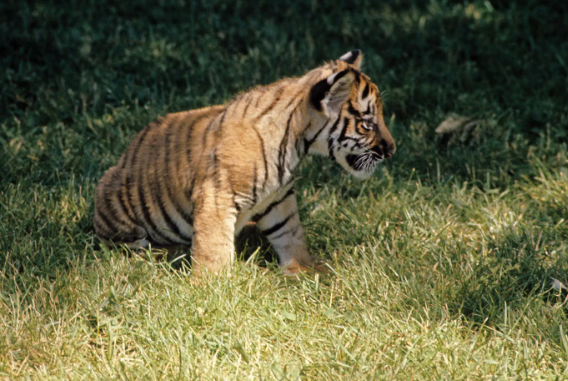Bengal Tiger Size: An Insight into the Majestic Apex Predator
The Bengal tiger, one of the largest wild cats on Earth, captures the imagination with its striking appearance and formidable presence. Understanding the size of this magnificent creature not only highlights its importance in the ecosystem but also underscores the conservation efforts necessary to protect it. Let’s delve into the size of the Bengal tiger and what it signifies for the species.
Physical Dimensions of the Bengal Tiger
Bengal tigers are renowned for their impressive physical dimensions. Adult males typically weigh between 400 to 500 pounds and measure about 8 to 10 feet in length, including their long tails, which can add another 2 to 3 feet. Females are generally smaller, weighing between 220 to 350 pounds and reaching lengths of 7 to 9 feet. This size advantage helps them hunt formidable prey like deer and wild boar, showcasing their role as top predators in their habitats. The striking physical characteristics, including their strong build and distinctive orange and black stripes, further enhance their majestic presence.
Comparative Size Among Tiger Subspecies
When compared to other tiger subspecies, the Bengal tiger stands out significantly. While species like the Indochinese tiger or the Sumatran tiger are smaller, the Bengal tiger often embodies the classic image of a tiger. In fact, it is the most numerous of all tiger subspecies, primarily residing in the grasslands and tropical forests of India, Bangladesh, Nepal, and Bhutan. The sheer size and strength of these big cats not only play a crucial role in their social dynamics but also help them adapt to various environments, making them one of the most versatile big cats in the wild.
Significance of Size in Conservation
The large size of Bengal tigers presents unique challenges and considerations for their conservation. Their vast hunting territories require extensive habitats to support their needs. As human encroachment continues to shrink these habitats, understanding their size and territorial requirements becomes vital for effective conservation strategies. Organizations and wildlife agencies work tirelessly to maintain these large territories and ensure healthy prey populations, which are essential for the survival of Bengal tigers in the wild.
In conclusion, the size of the Bengal tiger illustrates its majesty and importance in the natural world. Learning more about these incredible animals not only deepens our appreciation for them but also highlights the urgent need for conservation efforts. To explore further and contribute to the protection of this iconic species, consider supporting local wildlife initiatives or visiting a wildlife sanctuary to learn more about their habitat and conservation status.

